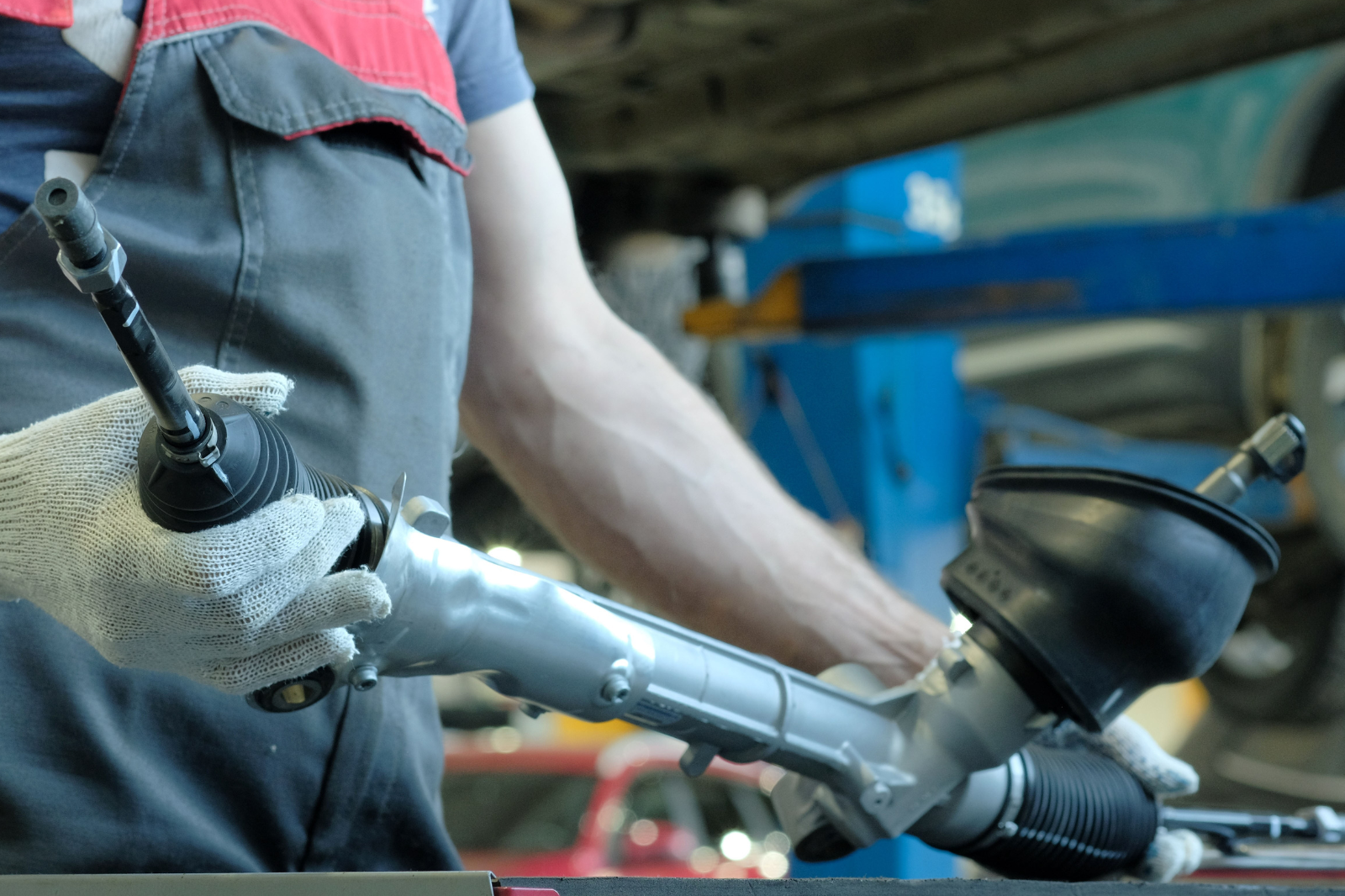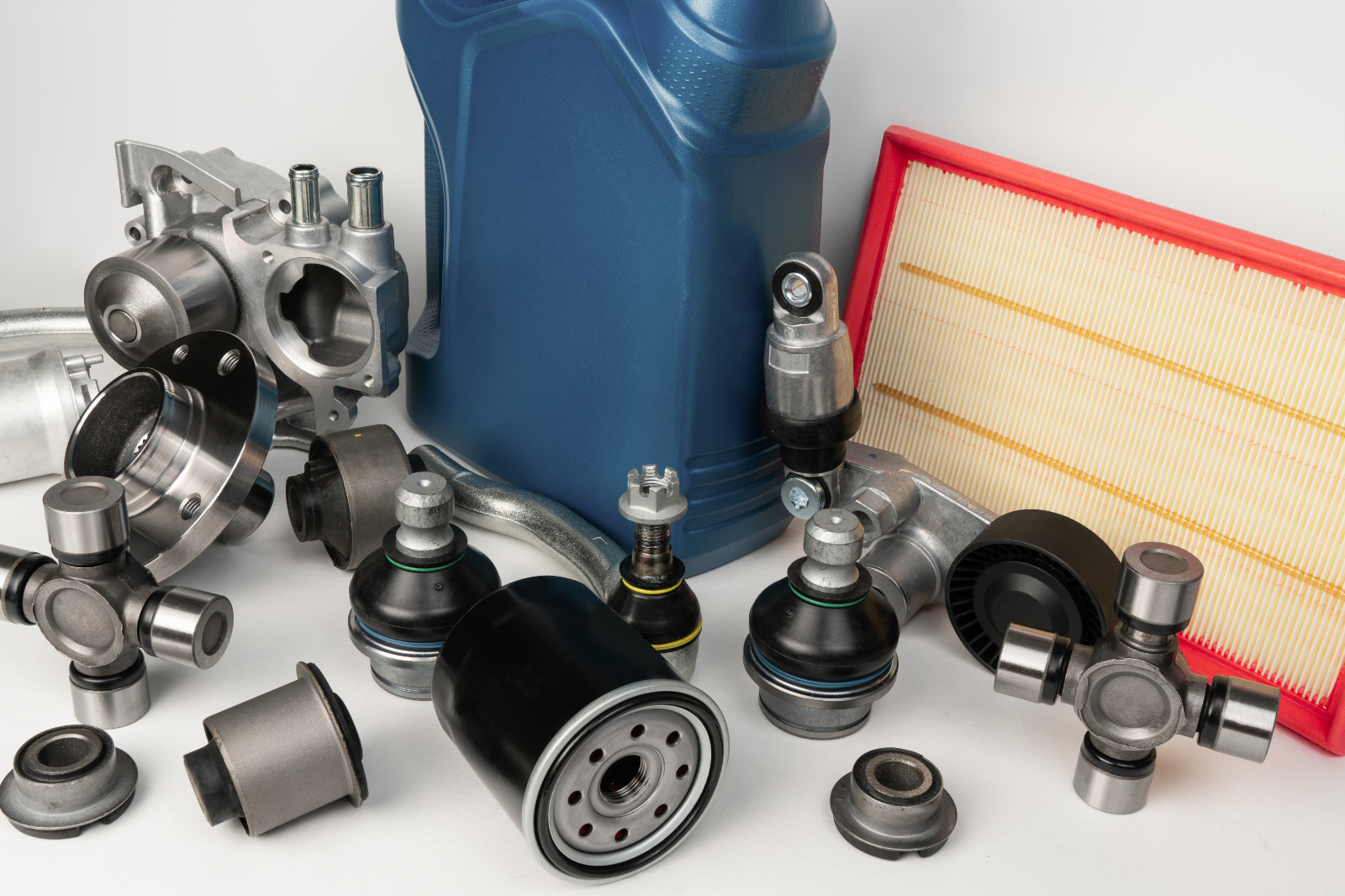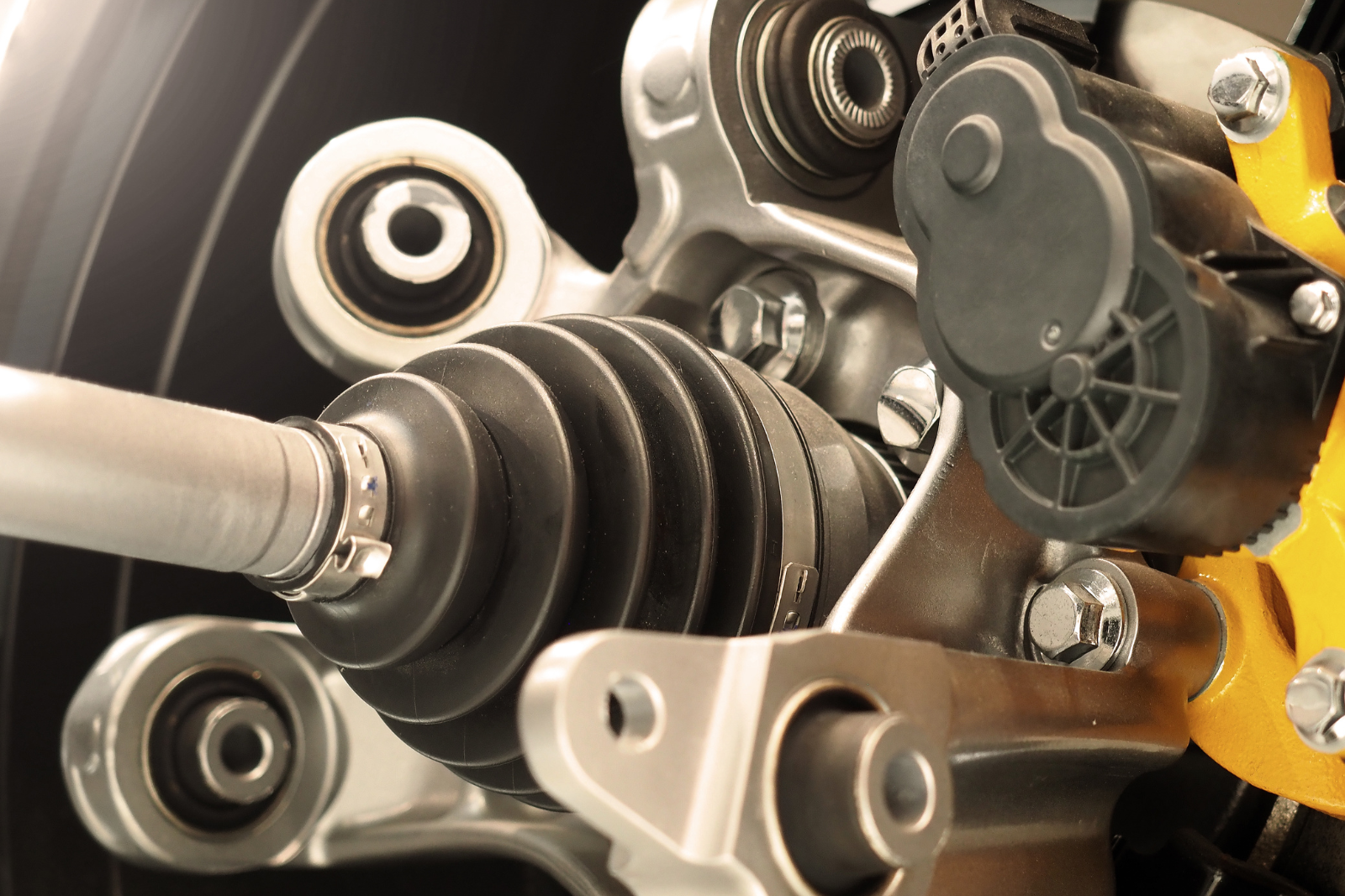What components does the steering system consist of?
The steering system of an automobile is a crucial component that directly affects its handling, maneuverability, and safety. It is designed to change or maintain the driving direction of the vehicle. The steering system typically consists of three main components:
- Steering Suspension Mechanism
- Steering Gear
- Steering Transmission Mechanism
Steering Suspension Mechanism
This part of the steering system includes the components that the driver directly interacts with:
- Steering Wheel: The primary interface for the driver to control the direction of the vehicle.
- Steering Shaft: Connects the steering wheel to the steering gear. It transmits the rotational force from the steering wheel.
- Steering Column: Encases the steering shaft and often includes mechanisms for adjusting the steering wheel’s position.
Steering Gear
The steering gear translates the rotational motion from the steering wheel into the linear motion needed to turn the wheels. There are several types of steering gears, including:
- Rack and Pinion: Commonly used in passenger cars, this system converts the rotational motion of the steering wheel into the linear motion of the rack.
- Recirculating Ball: Often found in larger vehicles, this system uses a series of ball bearings to reduce friction and provide a smoother steering feel.
Steering Transmission Mechanism
This component is responsible for transmitting the steering force from the steering gear to the wheels. It includes:
- Tie Rods: Connect the steering gear to the steering knuckles on the wheels.
- Steering Knuckles: Pivoting points that allow the wheels to turn.
- Drag Links and Idler Arms: Used in some types of steering systems to connect and transmit the motion between various parts.
Design Requirements
For an effective steering system, certain design requirements must be met:
- Instantaneous Steering Center: When turning, the wheels should rotate around a common center point to ensure smooth and stable turning.
- Self-Aligning Ability: The steering wheel should have the ability to return to its original position automatically after a turn.
- Steering Stability: Avoid unintended turning or movement of the steering wheel when driving straight.
- Sensitive Steering: The system should provide quick and responsive steering with a small turning diameter.
- Convenience: The steering system should be easy to operate for the driver.
- Adjustable Mechanisms: There should be gap adjustment mechanisms in the steering gear and transmission mechanism to account for wear and tear.
- Directional Consistency: The rotation direction of the steering wheel should match the direction of the vehicle’s movement.
Role of Each Component
- Steering Transmission Mechanism: This is the primary tool for controlling the vehicle’s direction. It ensures the precise transmission of the driver’s input to the wheels.
- Steering Gear: It is crucial for converting the rotational motion of the steering wheel into the linear motion needed to turn the wheels.
- Steering Suspension Mechanism: Provides the necessary interface and connection between the driver and the rest of the steering system.
Importance
Understanding the components and working principles of the steering system is essential for vehicle operation and safety. Each component plays a vital role in ensuring that the vehicle responds accurately to the driver’s inputs, thereby affecting the vehicle’s handling and overall driving experience. Regular maintenance and proper understanding of these components can significantly enhance the safety and performance of the vehicle.
Juye is a leading manufacturer of steering system components, renowned for innovation and quality. Contact for more information.





Leave a Reply